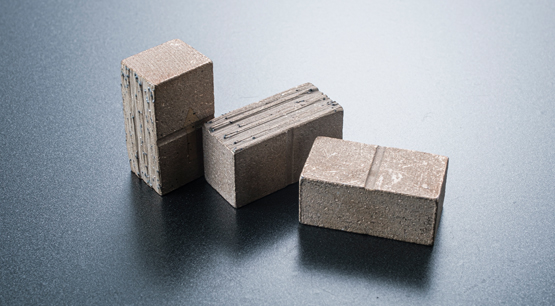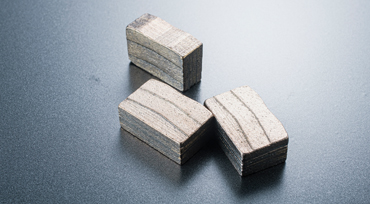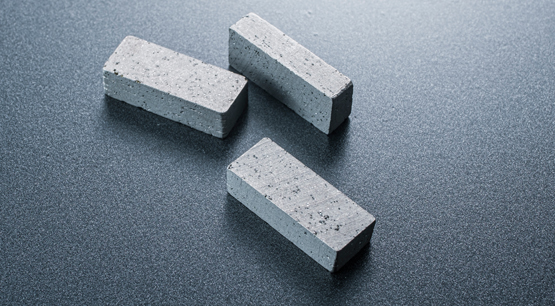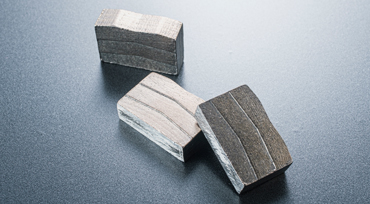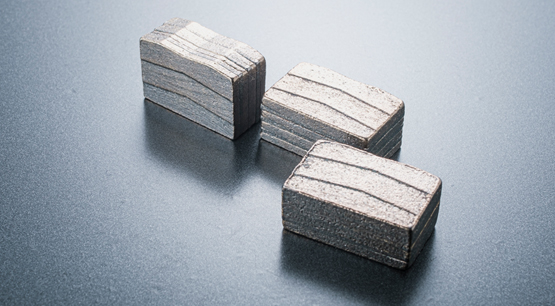The diamond segment will make a lot of adjustments in the design of the matrix to meet the cutting of stones of different hardness. At present, the most widely used matrix is nothing more than the following four types: cobalt-based segment, iron-based segment, copper-based segment and tungsten carbide-based segments, among which cobalt-based segments are gradually replaced by iron-based segments and copper-based segments due to their high price, while tungsten carbide-based segments are more of the so-called skeleton component of tungsten carbide. If there are too many skeleton components, on the contrary, it increases the production cost of the segment and reduces the holding force of the carcass, so it is relatively less designed at present. Therefore, most of the current mainstream segments are iron-based segments and copper-based segments, so what is the role and specific performance of manganese in these two different base segments? Based on extensive testing we found the following: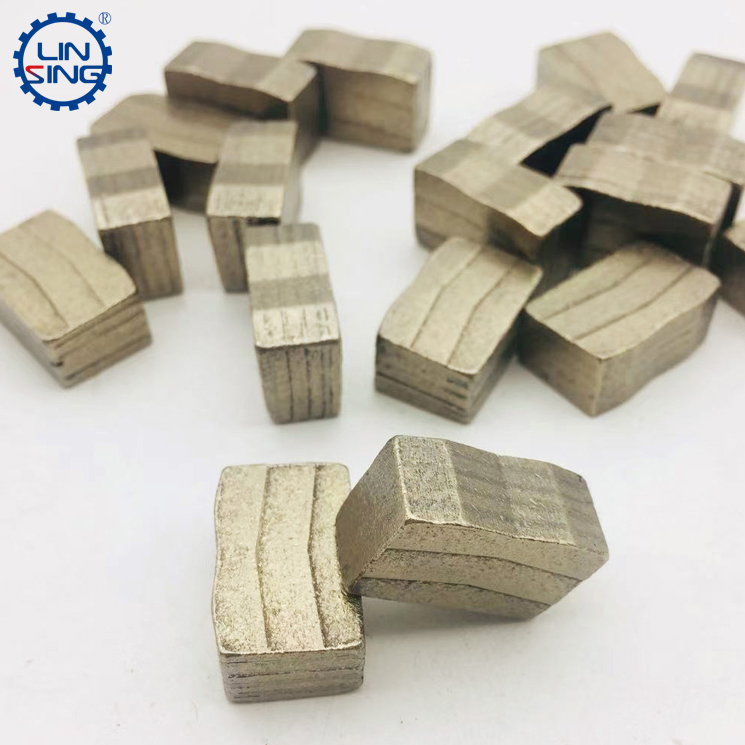
1: adding a certain amount of manganese powder to the iron-based segment, we found that the hardness of the segment produced is harder. This result also reflects a good direction, that is, the addition of manganese will not make manganese brittle. Bringing it into the iron element will instead continue the toughness and excellent ductility of the iron-based segment. This development also serves as a reference for adding a small amount of manganese in the later stage to improve the hardness of the segment. In the actual application process, if the hardness of the stone is too high, it is advisable to add a small amount of manganese powder to improve the hardness of the segment and improve the cutting ability of the segment for cutting hard stones, so that there will be no breakage of the segment cutting.
2: When the manganese powder is continuously increased, it is found that the manganese powder and iron will gradually show more special metal characteristics when the manganese powder is continuously increased. Due to the principle of making ferromanganese in a blast furnace, in the actual test process, increases the content of manganese powder to 20%-35% and sinters the iron-based segment. It is found that the hardness of the segment is further improved, which also promotes the matrix bond to obtain a good hardness. Other properties are not reducing too much, but due to the high price of manganese powder, the addition of too much manganese powder is not conducive to improving the product properties of the diamond segment, so it is a better choice to keep it at 8%-20%.
When reducing manganese powder, a particularly interesting situation will be found. If a small amount of manganese powder is added, such as no more than 3%, at this time, the segment will become hard and brittle, and the rigidity and ductility of the segment will be obvious. It is not as good as adding manganese powder in large quantities. When the manganese powder is further reduced, the segment will have the characteristics of more manganese powder, and the matrix of the segment will become brittle and hard, which is no longer suitable for cutting stone.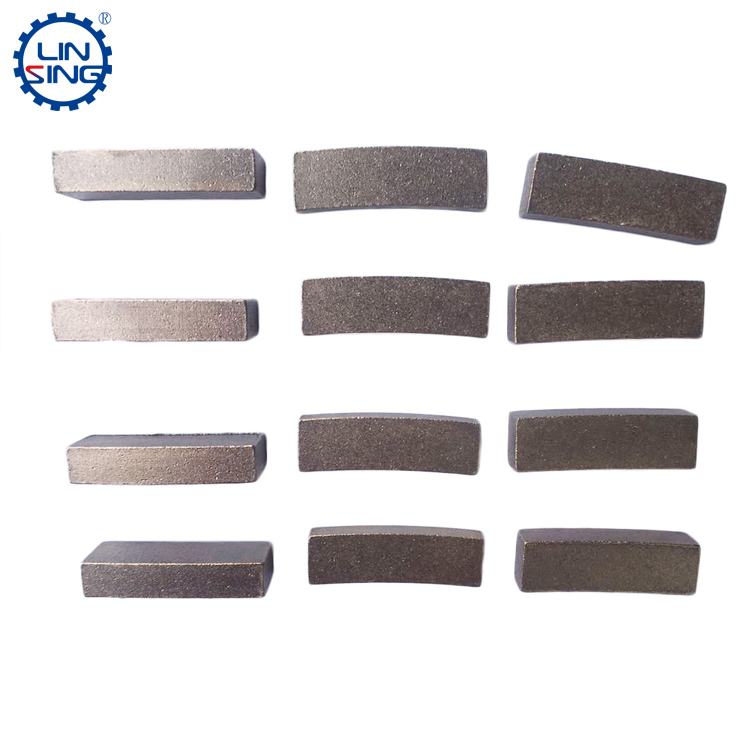
3: In the copper-based segment, there is also some iron powder, so it is also not suitable to add a small amount of manganese powder. In the actual test process, when manganese powder is continuously added, we will find that manganese powder and copper form a manganese-copper alloy , while improving the strength of the carcass, it will also be found that the oxidation resistance and bending resistance of the carcass have also become stronger. In fact, through the test and comparison, it is found that the Mn element actually replaces the role of Sn. Because Sn is expensive, and Mn gets a good processing result at a lower price, which is very cost-effective. At the same time, the iron element in the copper-based segment will also produce a stronger alloy with the manganese element, resulting in a richer carcass structure and improved hardness and ductility.
Long-term experimental tests show that the addition of manganese increases the hardness of the overall segment, and the alloy produced has stronger anti-oxidation ability, which is a good metal material for the matrix bond. However, it should be noted that manganese is not easy to store, and if you buy manganese powder with a high carbon content, the entire segment will become very brittle, so it is very necessary to store and test before use.

Manganese Element in Diamond Segment Matrix
Publish date:2022-07-14 15:51:30 Article From:Linsing Diamond Tools Clicks:



